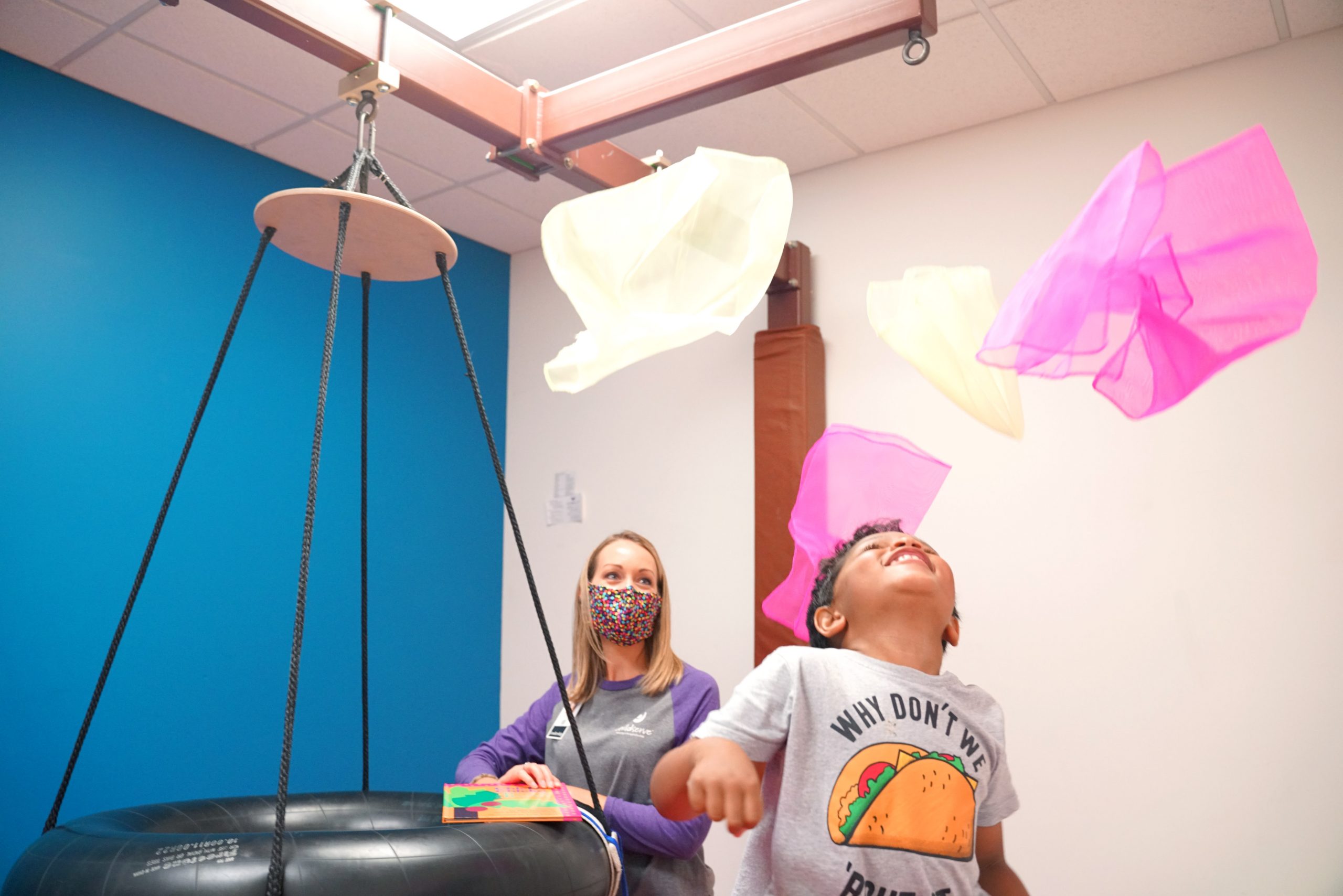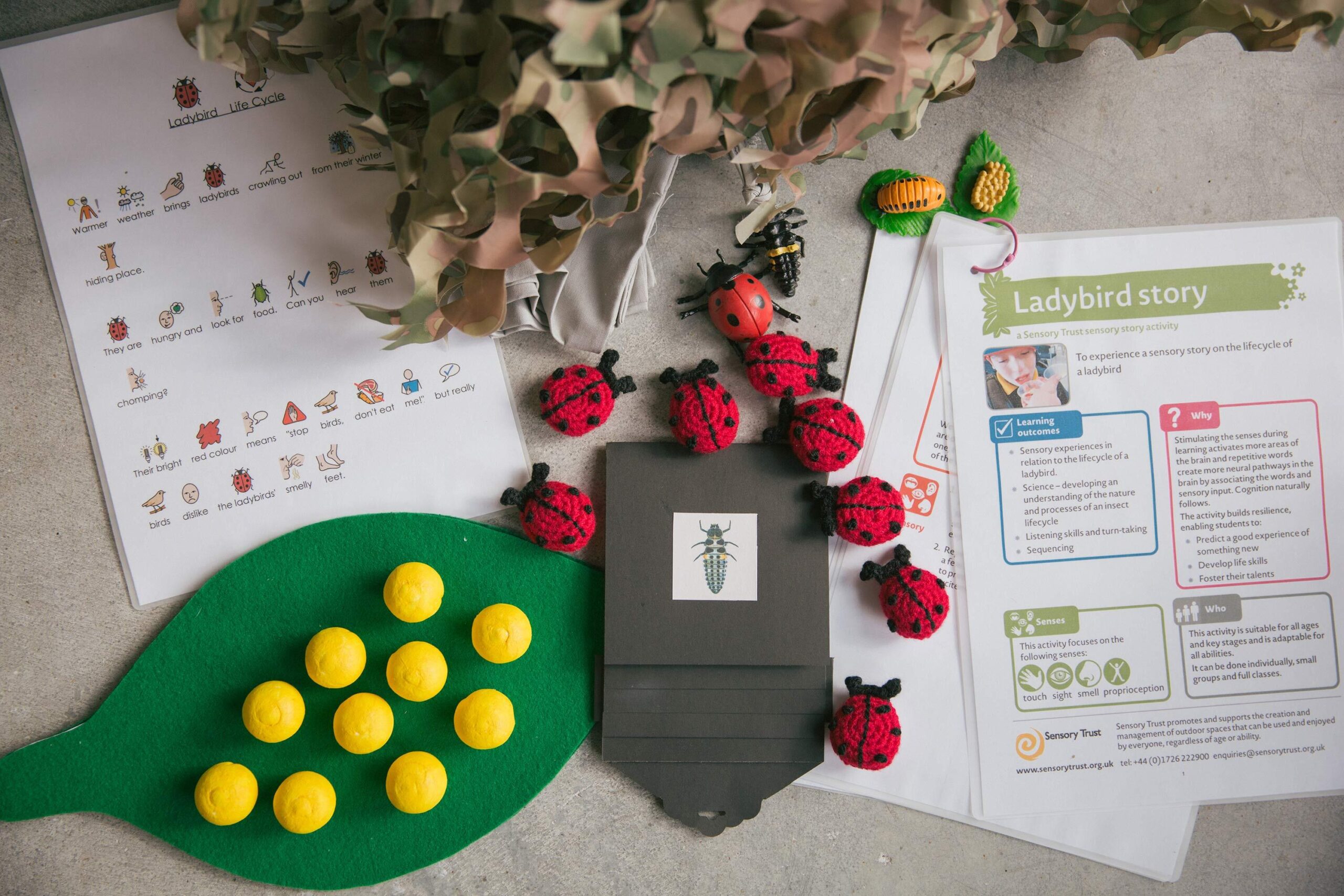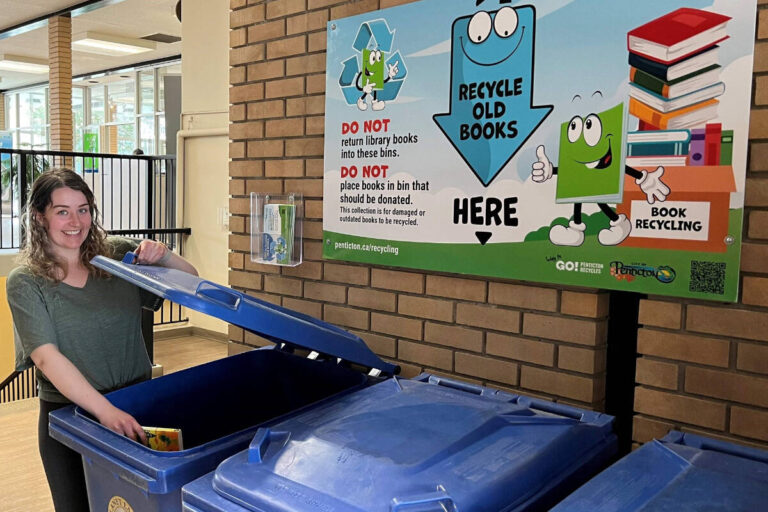Sensory Stories Ideas for Autism, SEN and PMLD Learners
Sensory Stories Ideas are short, creative narratives designed to engage learners through multiple senses, including touch, sound, sight, smell, and sometimes even taste. These immersive approaches go beyond traditional storytelling, making them especially valuable for learners with autism, SEN, and profound and multiple learning difficulties (PMLD). By stimulating different senses, sensory stories allow children to connect emotionally and intellectually with the story’s content.
The importance of sensory stories lies in their ability to break down barriers to learning. They offer equal opportunities for learners who might struggle with conventional text-based stories, helping to foster communication, understanding, and engagement. When educators and carers use well-structured sensory stories ideas, they create accessible learning environments that build confidence, imagination, and a sense of achievement.
Creative Sensory Stories Ideas for Learners
Designing effective sensory stories ideas begins with identifying the sensory elements that will resonate with learners. For example, if the story is set in a forest, you could use pine-scented oils for smell, textured leaves for touch, and recorded bird songs for sound. These elements help bring the environment to life in a way that is both meaningful and memorable.
Another powerful sensory story idea is to connect storytelling with seasonal themes. A Christmas sensory story might include jingling bells, the scent of cinnamon, or artificial snow for tactile play. These immersive features encourage learners to explore stories in their own way, helping them develop curiosity and engagement while maintaining focus. Using such sensory stories ideas allows educators to personalise the experience for each learner’s needs.
Free Sensory Stories Resources and Downloads
For many teachers and parents, cost-effective resources are essential. Fortunately, there are numerous free sensory stories available online in PDF format. Websites such as Bag Books and resources from Joanna Grace offer examples and templates that can be adapted to different learners. These free sensory stories PDFs are ideal starting points for those who want to introduce sensory storytelling without the need for extensive preparation.
Some sensory stories free to download also come with step-by-step guidance on how to incorporate sounds, objects, and actions into each stage of the narrative. Having access to sensory stories examples saves time and inspires creativity, allowing teachers to focus on adapting materials to the specific needs of children. With these free sensory stories for special needs, learning can become more inclusive and enjoyable.
Sensory Stories for Autism, SEN and PMLD

When working with learners with autism, sensory stories ideas can provide structured routines and predictable storytelling patterns that reduce anxiety. For example, using repeated sensory cues helps learners feel secure, as they know what to expect in the story. These cues may include repeating sounds, gentle touch, or familiar visuals that align with the learner’s preferences.
For learners with PMLD, sensory stories take on even greater importance. By focusing on tactile and auditory engagement, educators can stimulate responses and encourage interaction. Sensory stories for PMLD learners might involve soft fabrics, vibration toys, or soothing sounds to encourage participation. These approaches ensure that every learner, regardless of ability, has the chance to access and enjoy the world of stories.
Inspiration from Leading Practitioners in Sensory Stories
Several practitioners have shaped the development of sensory stories ideas in the UK. Joanna Grace, a leading advocate for inclusive learning, has written extensively about how sensory stories can transform educational experiences. Her resources provide educators with guidance on crafting stories that engage learners across multiple senses while being sensitive to their individual needs.
Similarly, Pete Wells is known for his engaging sensory story workshops and materials, which often include humour and creativity. Organisations such as Bag Books also provide accessible sensory story kits for learners with complex needs. By drawing inspiration from these leaders, educators can discover innovative sensory stories ideas that enhance learning and engagement for all children.
Examples of Sensory Stories in Practice
Practical sensory stories examples show how diverse and adaptable this method can be. A story about the seaside, for instance, might include sand for touch, a shell to listen to, and the sound of waves. Learners can feel the grit of the sand, hear the whoosh of the sea, and smell sunscreen, creating an unforgettable experience.
Another example could be a sensory story about a jungle adventure. Learners might hear recordings of monkeys, touch leaves, and smell earthy scents. These sensory stories ideas make abstract concepts tangible, encouraging learners to connect emotionally with the storyline. By tailoring these examples to the classroom or home environment, educators can design memorable and enjoyable learning moments.
How to Create Your Own Sensory Stories Ideas
Creating your own sensory stories ideas does not need to be complicated. Start with a simple storyline, such as going shopping, exploring the park, or visiting the zoo. Then, add sensory elements for each stage of the story. For example, a shopping story could include crinkly bags for touch, fruit scents for smell, and recorded tills for sound.
It is also useful to keep in mind that not every learner will respond the same way. Some children may enjoy certain textures but dislike loud sounds, so flexibility is key. By testing and adapting sensory stories ideas, educators and carers can discover what works best for each learner, ensuring that every story becomes a positive and engaging experience.
Conclusion
Sensory stories ideas provide a powerful way to make learning inclusive, imaginative, and engaging for learners with autism, SEN, and PMLD. By using sensory elements such as sound, touch, smell, and visuals, stories come alive in ways that traditional approaches cannot achieve. Whether through free sensory stories PDFs, practitioner-led examples, or original creations, these experiences encourage curiosity, communication, and joy.
For teachers, carers, and parents, sensory stories ideas are more than just tools—they are bridges that connect learners to a wider world of imagination and understanding. The more we explore these methods, the more opportunities we create for every child to thrive through the magic of storytelling.
Frequently Asked Questions
What are sensory stories?
Sensory stories are short narratives that use touch, sound, smell, and visuals to create immersive learning experiences, particularly for learners with autism, SEN, or PMLD.
Where can I find free sensory stories PDFs?
Websites such as Bag Books, Joanna Grace resources, and Pete Wells’ materials often provide free sensory stories PDFs that can be downloaded and adapted.
How do sensory stories help learners with autism?
They provide structure, predictability, and multisensory engagement, which can reduce anxiety and support communication.
Can I create my own sensory stories ideas at home?
Yes, with a simple storyline and everyday objects, you can design sensory stories that are tailored to your child’s needs.
Who are some leading practitioners in sensory storytelling?
Joanna Grace and Pete Wells are well-known practitioners, while organisations like Bag Books also specialise in accessible sensory stories.
You May Also Read: Cost Breakdown for Low-Budget and Professional Setups







